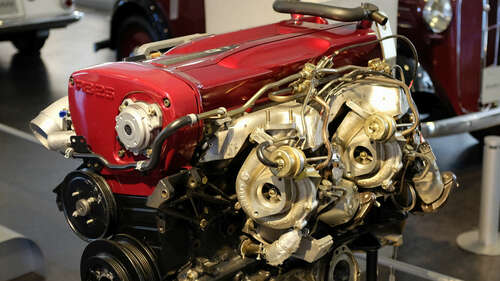
Aside from the above-mentioned “Response Balance” namesake, the rest of the engine code is representative of a few things. The “26” in RB26DETT signifies that the engine has 2.6 liters of displacement and the “D” means a dual-overhead-camshaft layout. The E signifies that it uses electronic fuel injection, and the TT tells us that it is twin-turbocharged.
The RB26DETT made its first appearance when Nissan engineers decided to resurrect a legend. For the first time in decades, the trim level “GT-R” was coming back to the Skyline namesake. The R32 Nissan Skyline GT-R roared out of the gate in 1989, quickly garnering the nickname “Godzilla” in the racing world as an unstoppable Japanese giant. While the R32 Skyline GT-R’s all-wheel-drive system definitely deserves credit, the RB26DETT engine was the literal driving force of its success.
The RB26DETT in the R32 GT-R made “276 horsepower.” Those quotation marks merit a quick history lesson. In the late ’80s, Japanese automakers entered a “gentleman’s agreement” to limit all performance cars to 276 horsepower for the benefit of public safety. Suspiciously, though, plenty of “276 horsepower” cars, when put on dynos, made a bit more than that. Sometimes more than a bit! Accidental, no doubt. We’re sure it was just coincidental that there was an active global market for compact, blisteringly fast Japanese sports cars at the time.

